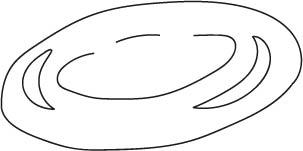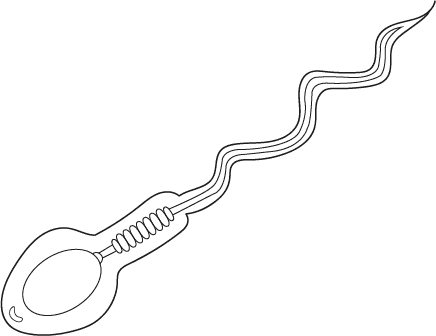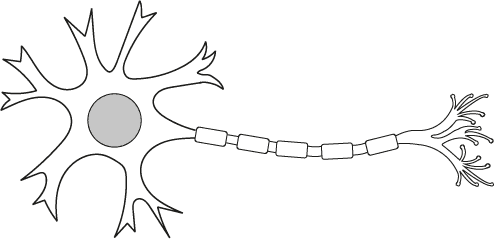Myths about teaching can hold you back
- Year 8
The effects of exercise on the human body
I can describe the effects of exercise on breathing rate and heart rate, and the wider health benefits of regular exercise.
- Year 8
The effects of exercise on the human body
I can describe the effects of exercise on breathing rate and heart rate, and the wider health benefits of regular exercise.
These resources will be removed by end of Summer Term 2025.
Switch to our new teaching resources now - designed by teachers and leading subject experts, and tested in classrooms.
These resources were created for remote use during the pandemic and are not designed for classroom teaching.
Lesson details
Key learning points
- Exercise is activity requiring physical effort.
- Regular exercise is beneficial for good physical and mental health.
- Exercising causes increases in breathing rate and heart rate as cells need more oxygen for cellular respiration.
Keywords
Exercise - Exercise is activity requiring physical effort.
Breathing rate - The number of breaths per minute.
Heart rate - The number of heart beats per minute.
Gas exchange - The process of oxygen diffusing from the lungs into the blood, and carbon dioxide diffusing from the blood into the lungs.
Cellular respiration - A chemical process in cells, which uses sugar as a fuel to provide energy for life processes.
Common misconception
Health is only made up of physical health.
Remind students that health is a range from good to ill. Physical and mental health both contribute to a person's overall health.
To help you plan your year 8 science lesson on: The effects of exercise on the human body, download all teaching resources for free and adapt to suit your pupils' needs...
To help you plan your year 8 science lesson on: The effects of exercise on the human body, download all teaching resources for free and adapt to suit your pupils' needs.
The starter quiz will activate and check your pupils' prior knowledge, with versions available both with and without answers in PDF format.
We use learning cycles to break down learning into key concepts or ideas linked to the learning outcome. Each learning cycle features explanations with checks for understanding and practice tasks with feedback. All of this is found in our slide decks, ready for you to download and edit. The practice tasks are also available as printable worksheets and some lessons have additional materials with extra material you might need for teaching the lesson.
The assessment exit quiz will test your pupils' understanding of the key learning points.
Our video is a tool for planning, showing how other teachers might teach the lesson, offering helpful tips, modelled explanations and inspiration for your own delivery in the classroom. Plus, you can set it as homework or revision for pupils and keep their learning on track by sharing an online pupil version of this lesson.
Explore more key stage 3 science lessons from the Diet and exercise unit, dive into the full secondary science curriculum, or learn more about lesson planning.

Licence
Prior knowledge starter quiz
6 Questions
Q1.We breathe air into our .
Q2.True or false. Cellular respiration takes place in the nucleus.
Q3.Which image shows a mitochondrion?






